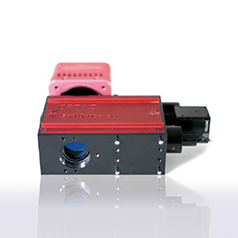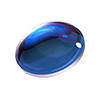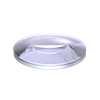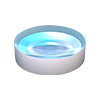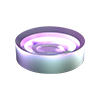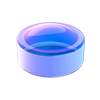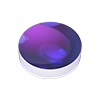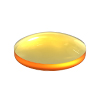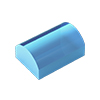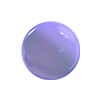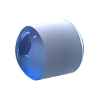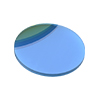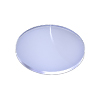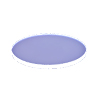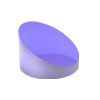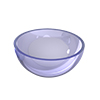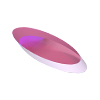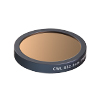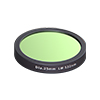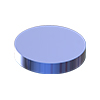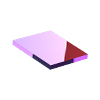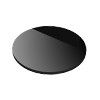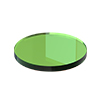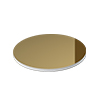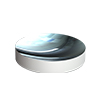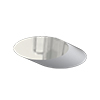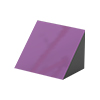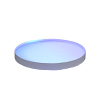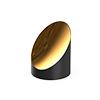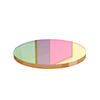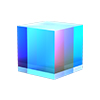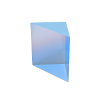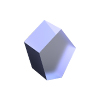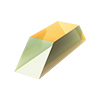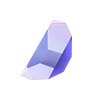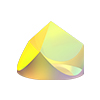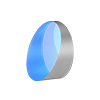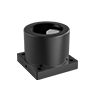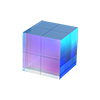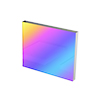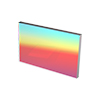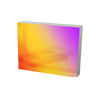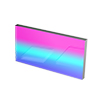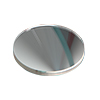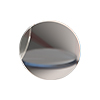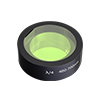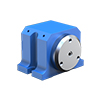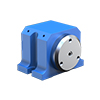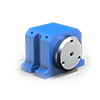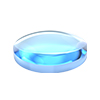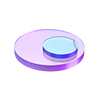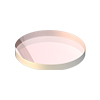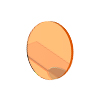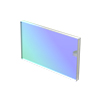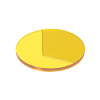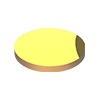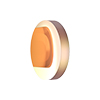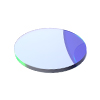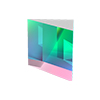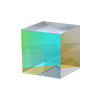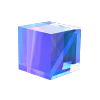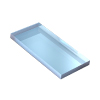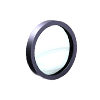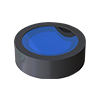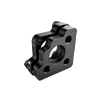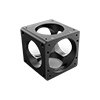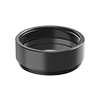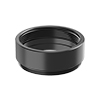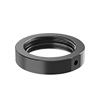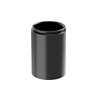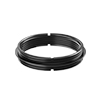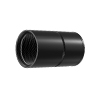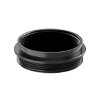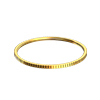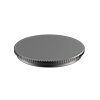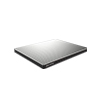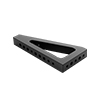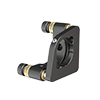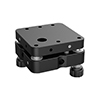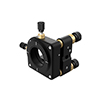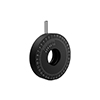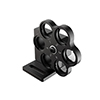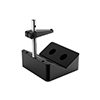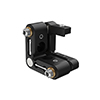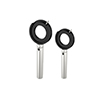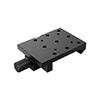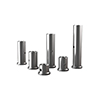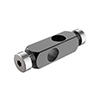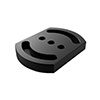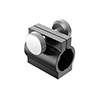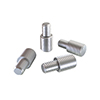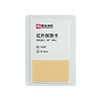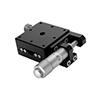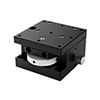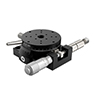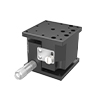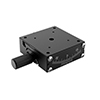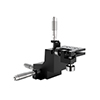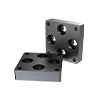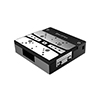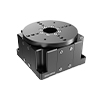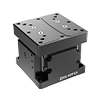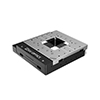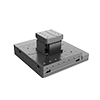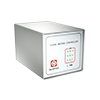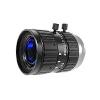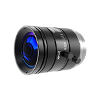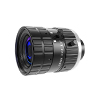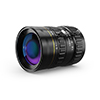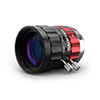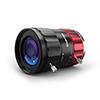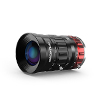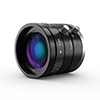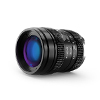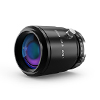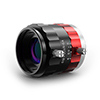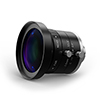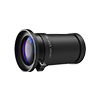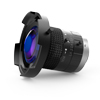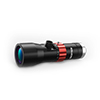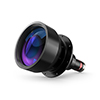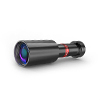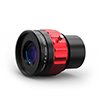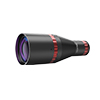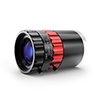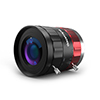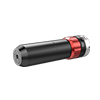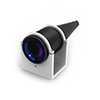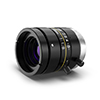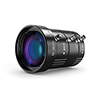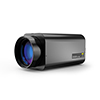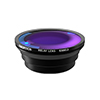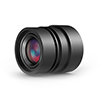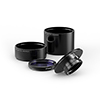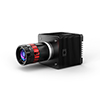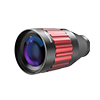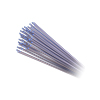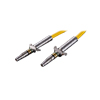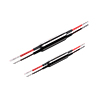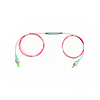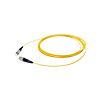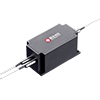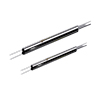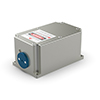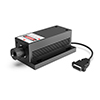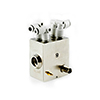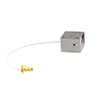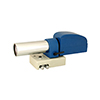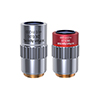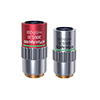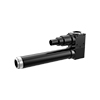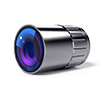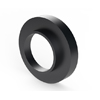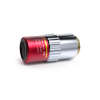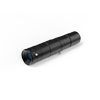-
Description
When a light wave propagates in a medium, the surface composed of all points with the same phase at the same time is called the wavefront. -
Requirement
Real-time measurement of light intensity distribution, wavefront aberration, OTF, MTF and other parameters -
Technical difficulty
SpotOptics provides a full set of Shaker-Hartmann wavefront testing, analysis and wavefront-based active optical alignment (LENS AA) solutions.
When a light wave propagates in a medium, the surface composed of all points with the same phase at the same time is called the wavefront. The principle of the Shack-Hartmann wavefront sensor is through a microlens array and a CCD placed on its focal plane. The parallel incident light beams pass through each microlens to converge on the CCD, and the CCD receives the corresponding focus point. The imaging position of the ideal plane wave after passing through the microlens is regarded as the corresponding zero point. The deviation of the distorted wavefront focus imaging point and the zero point can be used to calculate the local slope of the wavefront. From this information, the light intensity distribution, wavefront aberration, OTF, MTF and other parameters can be measured in real time.
Based on 30 years of experience in optical and laser inspection applications, SpotOptics provides a full set of Shaker-Hartmann wavefront testing, analysis and wavefront-based active optical alignment (LENS AA) solutions.
Spot Optics Shaker-Hartmann wavefront sensor can cover ultra-wide spectrum and multiple wavelengths, including ultraviolet (157nm-400nm), visible and near infrared (400-1064nm), short-wave infrared (900-1700nm), mid-wave infrared (2- 5.4μm) and long-wave infrared (8-14μm). The measurement is not limited by the aperture (if the beam expander system is limited, use a collimating objective lens to ensure matching with the sensor NA); realize on-axis and off-axis wavefront measurement, even scanning the full field of view, and simultaneous measurement of multiple fields of view; Various exit pupil shapes: round, elliptical, centered obscuration (center hole), hexagon, etc.;
Provides Single Pass and Double Pass measuring optical paths to meet the requirements of different applications;
IOPTINO series wavefront sensor + electronic autocollimator dual channel, compact structure, size only 150x100x50mm, weight 400g; electronic autocollimator can be used for light path debugging.
The microlens array in the Spotoptics wavefront sensor can be replaced by itself to meet the measurement needs of different wavelengths. To
Spotoptics OMI series wavefront sensors are flexibly used for research and development, and Optino, OPAL300, 5 Stars, STELLA series and other wavefront measurement systems are used in rapid mass production;
Software function: Provide actual wavefront, fitted wavefront and residual wavefront; on-axis off-axis MTF, OTF, PSF; on-axis off-axis point diagram; real-time display of wavefront, Zernike coefficient (Seidel primary aberration, high Order aberration), etc., can be used to guide the adjustment; mature and complete analysis software helps realize real-time active adjustment (LENS AA); computer-aided adjustment, the software provides feedback calculation function;
Scope of application
Laser: It can perform laser beam wavefront and beam quality analysis, mW~MW, support 10.6um CO2 laser; it can replace beam quality analyzer to obtain more complete laser wavefront information than beam quality analyzer;
Astronomical telescope: used to measure the common phase error of large-scale astronomical telescopes, with active temperature compensation; American 6.5-meter millimeter-wave telescope uses puntino to measure wavefront;
High-speed measurement: real-time display of measurement results, higher-speed wavefront acquisition frequency up to 8000 Hz, can be applied to analyze the liquid lens with ms-level response; it can also perform FFL variation test under variable temperature; MTF measurement under variable temperature;
Other applications: used in active optical systems, adaptive optical systems; uniformity measurement of optical components, aspheric surface, etc.; non-destructive optical component refractive index measurement, aspheric surface measurement, etc.
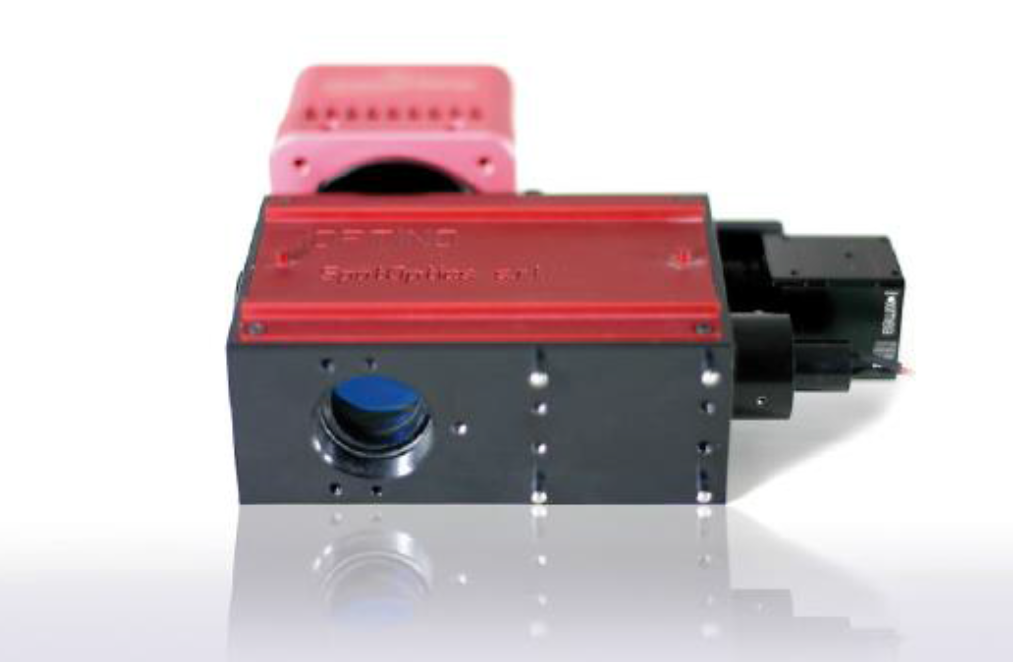
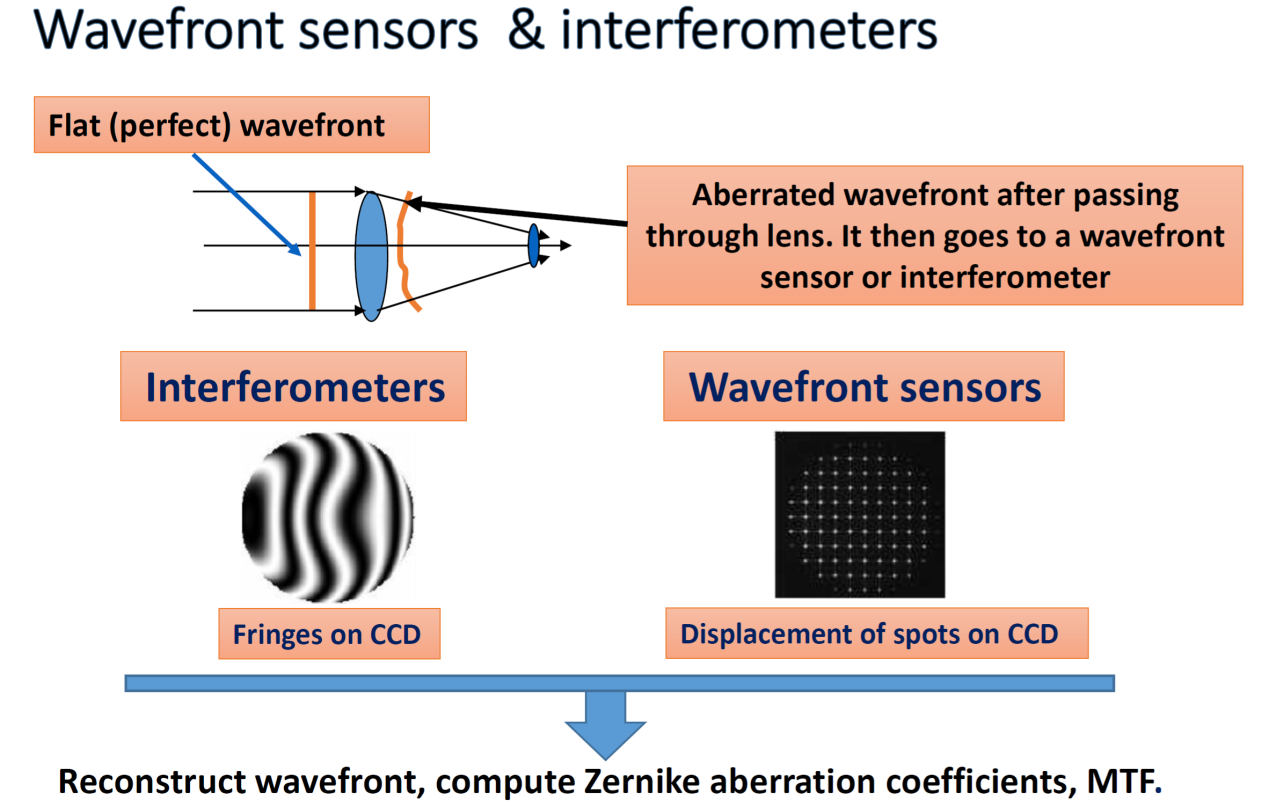
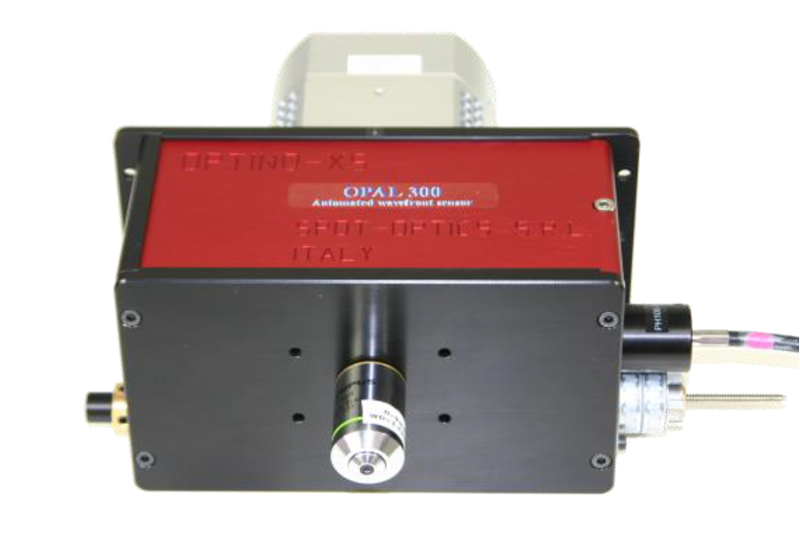
Reliability verification
The Spot Optics Schattdecor Hackman wavefront sensor has been verified by comparison with the interferometers of various brands such as Zygo, and the results are reliable.
The flat-field (ideal) wavefront is distorted after passing through the optical lens/system. The distorted wavefront reaches the wavefront sensor or interferometer. The picture on the left shows the bar detected by the interferometer.
The bottom right picture shows the displacement of the light spot on the wavefront sensor CCD to reconstruct the wavefront. The software calculates the Zernike deformation coefficient and MTF.
Comparative test data (test wavelength: 632.8 nm):
| Parameter |
Zygo GPIxp HR |
Optino Pro |
Difference |
| P-V (nm ) | 93.2 | 100.2 | 7 |
| Rms (nm ) | 18.3 | 20.3 | 2 |
| Defocus (nm ) | -23.2 | -19.9 | -3.3 |
| P-V (waves ) | 0.1473 | 0.1596 | 0.011 |
Experimental conclusion: SpotOptics Optino is based on the Shack-Hartmann wavefront sensor principle measurement system, and provides data that is very consistent with the measurement results obtained by the Zygo interferometer.
Application range of Spot Optics wavefront measurement products:
1. Actively install and adjust the lens in real time, the software provides feedback, and has its own calculation function
2. MTF measurement and FFL measurement under variable temperature
3. Analysis of laser beam wavefront and beam quality
4. Measurement of common phase error of astronomical telescope
5. High-speed wavefront acquisition
6. Common phase error measurement for large astronomical telescopes
7. Active optical system, adaptive optical system
8. Uniformity measurement of optical components (including aspheric surface)
9. Non-destructive optical component refractive index measurement (including aspheric surface)
